Carbs often get a bad rap, whether it’s because of their gluten content or their enrichment processing. But if you’ve looked at the food pyramid lately, you’ll find that grains are an essential part of a balanced diet.
Lucky for us, there are tons of whole grains out there ranging from gluten-free to low on the glycemic index. And because they’re whole grains, they contain lots of nutritional value too. Oh, and did I mention they’re super easy to prepare? Go super grains.
Quinoa
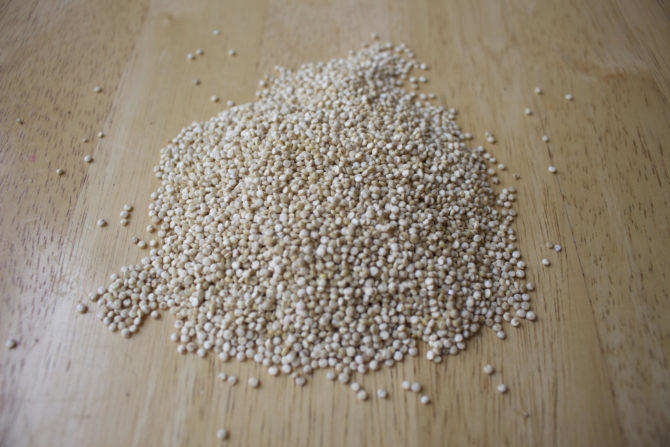
Photo by Amy Yi
One of the few plant sources of complete protein, quinoa contains all 9 essential amino acids that our bodies don’t produce on their own. Bonus: it’s gluten-free, and it’s a source of iron, fiber and vitamin E. No wonder its name translates to “Mother of all grains.”
To prepare: add 2 cups of water to 1 cup of uncooked quinoa and boil for 15-20 minutes.
Buckwheat
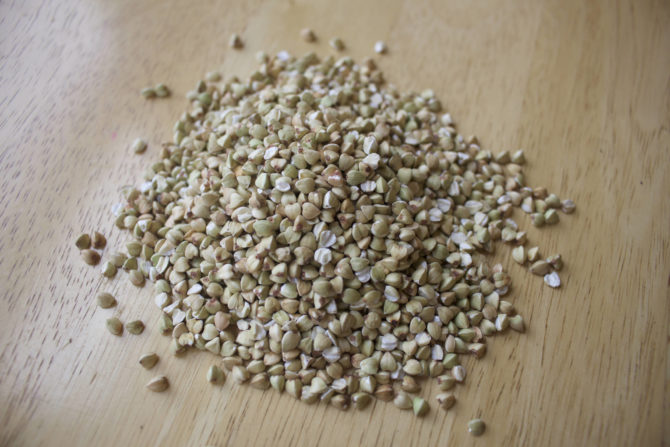
Photo by Amy Yi
Fun fact: Buckwheat isn’t related to wheat; it’s actually part of the rhubarb family. Buckwheat is a good source of fiber, flavonoids, and trace elements like magnesium. It’s also another gluten-free source of complete protein, so it’s a great alternative if you get tired of quinoa. Buckwheat is commonly used in the form of flour or as soba noodles, perfect for Asian dishes.
To prepare: bring water to a boil and add soba noodles. Cook for 5-8 minutes.
Bulgur
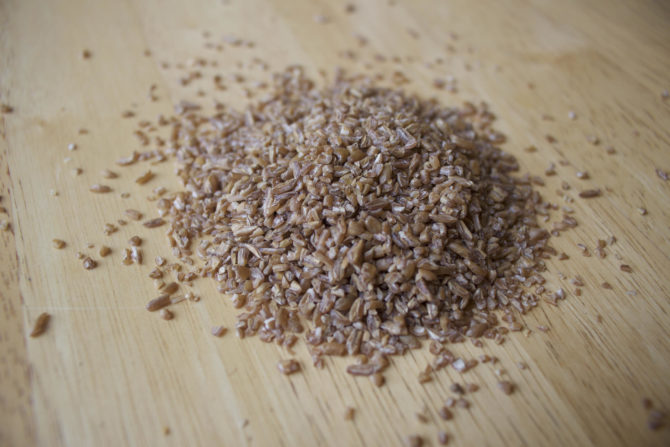
Photo by Amy Yi
Known as the Middle Eastern version of pasta, bulgur is an extremely versatile grain. It is a derivative of whole wheat, created by boiling, drying and cracking the wheat. High in fiber and easy to prep, bulgur is great for sides and adding to salads.
To prepare: Add to boiling water and cook for 10 minutes. Drain excess water.
Chia
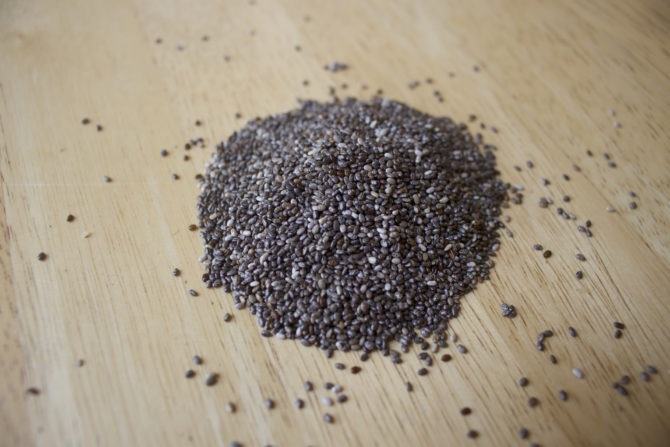
Photo by Amy Yi
While not technically a grain (it’s actually a seed), chia makes the cut because of its high nutritional content. These little guys pack in omega-3, antioxidants, essential trace elements like zinc and magnesium and tons of fiber. And since they’re gluten-free, everyone can reap the benefits.
To prepare: Chia isn’t often eaten on its own, but it can be added to almost anything. Top off a salad or add it to a smoothie to get an extra crunch and lots of healthy benefits.
Oats
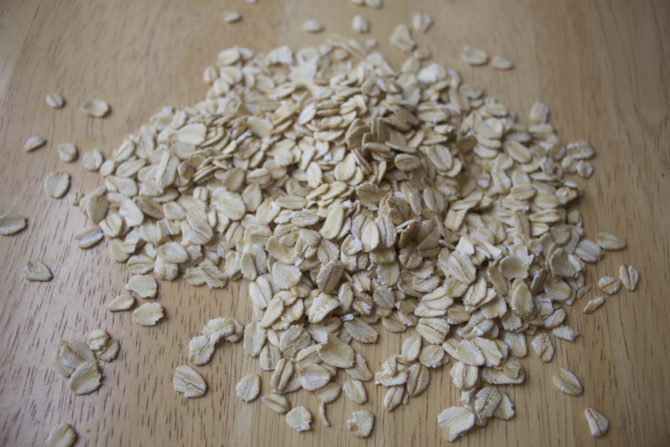
Photo by Amy Yi
There’s a reason your mom made you eat oatmeal for breakfast. Apart from being delicious, oats are jam-packed with beta-glucan fiber, which is known for lowering cholesterol levels. The sweet, nutty flavor of oats runs from the instant variety to steel-cut. Even whole grain newbies are bound to love ‘em.
To prepare: Top off yogurt or a smoothie, or boil 10-20 minutes and enjoy as oatmeal.


